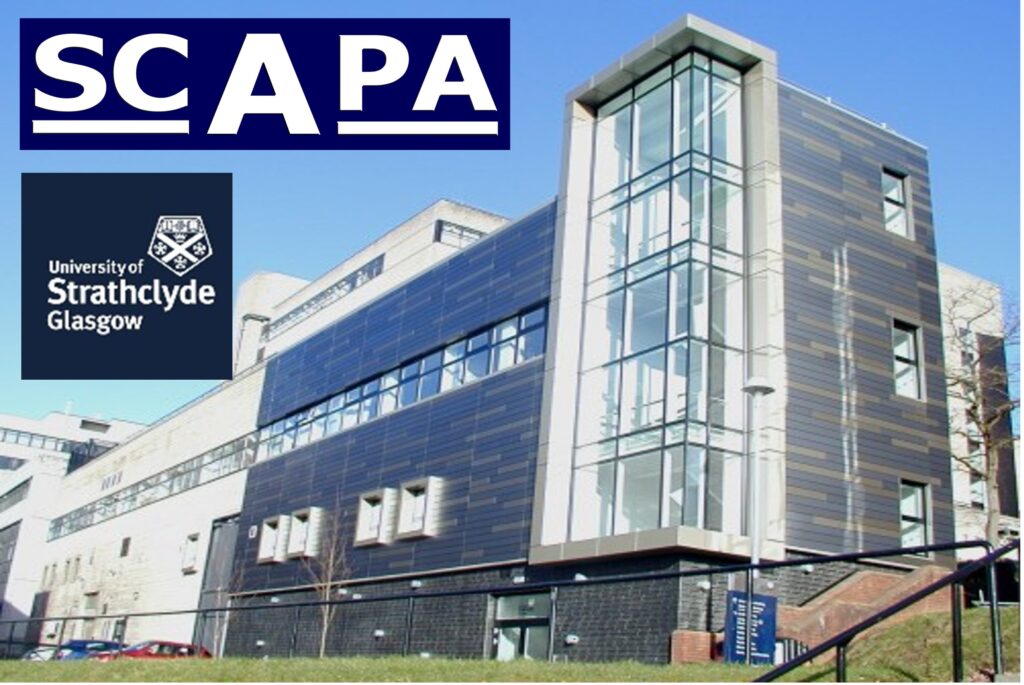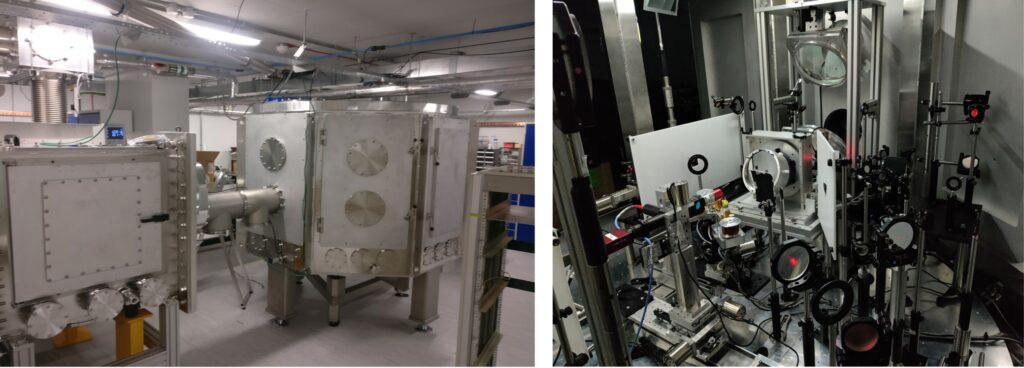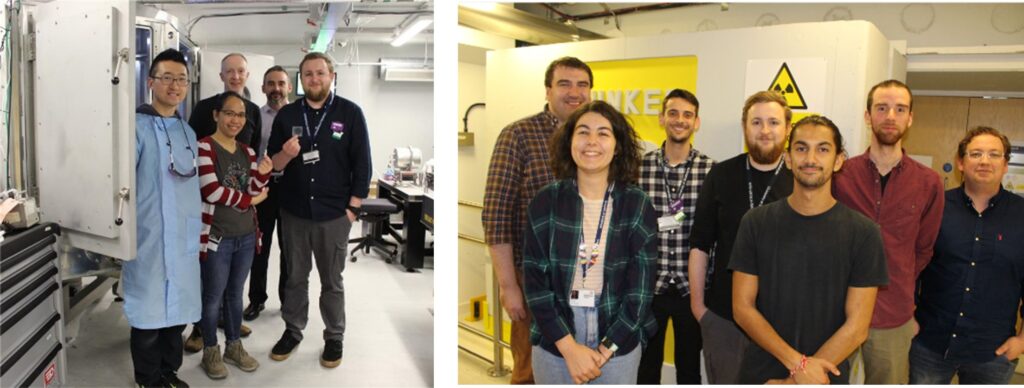Cockcroft Institute researchers at the University of Strathclyde are at the forefront of cutting-edge research into high power laser-driven ion acceleration. Located at the university, the Scottish Centre for the Application of Plasma-based Accelerators (SCAPA) facilitates the development and application of next generation accelerator technology. SCAPA employs high intensity, femtosecond laser pulses as the driver for plasma-based sources of high energy particle beams (electrons, protons, neutrons and light ions) and radiation pulses (THz, infra-red, X-rays and gamma rays). The facility hosts three shielded experimental areas, referred to as Bunker A, B and C. SCAPA houses a powerful 350 TW laser system capable of delivering up to 7 J in 25 fs pulses at a repetition rate up to 5 Hz. This enables peak intensities up to 5×1021 W/cm² to be achieved within Bunker B, which has been designed for short focal length interactions.

The development and commissioning of Bunker B represent a significant advancement in laser-driven ion source technology, enhancing the facility’s capabilities and directly supporting the research objectives of the Cockcroft Institute’s STFC Core grant. Laser-driven ion acceleration, particularly via Target Normal Sheath Acceleration (TNSA), has emerged as a promising method for delivering ultra-high dose rates for advanced radiobiology (e.g. FLASH) and material damage studies.
During a carefully planned commissioning phase, researchers have established optimal conditions for proton acceleration, increasing the baseline maximum proton energy from 5 MeV to over 15 MeV, with excellent stability and reproducibility. These experiments identified key factors influencing proton beam quality, including laser energy, target material and thickness, and focal spot characteristics.

Collaboration among leading UK institutions, including the Universities of Strathclyde, Queen’s University Belfast, Imperial College London, Lancaster University, and the STFC Central Laser Facility, has driven rapid progress and addressed key technological challenges. Additionally, close collaboration with researchers across the Cockcroft Institute is instrumental in developing ion beam transport methodologies and advancing diagnostic techniques, laying the groundwork for upcoming experiments in ultrahigh-dose radiobiology applications.
Looking ahead, planned developments include a high-contrast double plasma mirror beamline, increased repetition rates, refined debris mitigation strategies, and integrating advanced ion beam capture systems.

The successful initial commissioning and ongoing developments at SCAPA’s Bunker B represent a significant step toward realising a versatile, reliable laser-driven ion source, poised to advance experimental capabilities in accelerator research.
